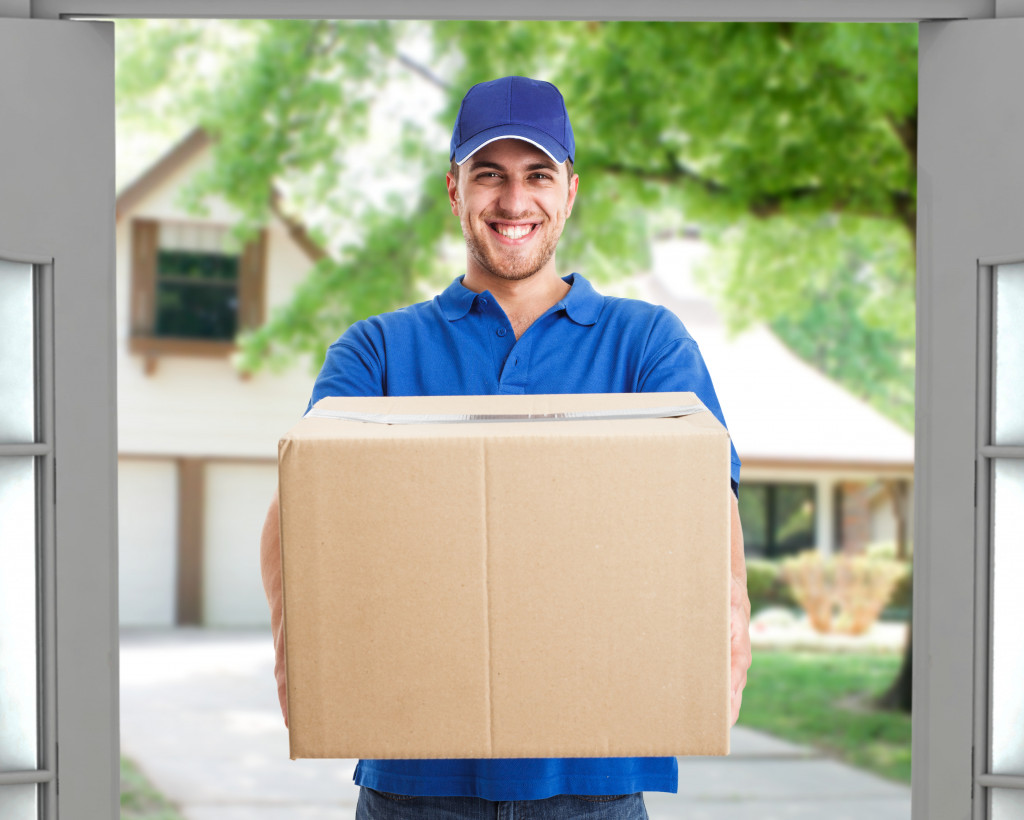The logistics industry is a multi-trillion dollar sector in the United States. It’s responsible for the movement of goods across the country and worldwide. As a result, logistics is a critical part of the economy, an industry that is rapidly changing.
There are many sub-industries found inside this sector. For example, there are transportation companies, warehousing and storage companies, and third-party logistics providers. However, one of the most accessible markets is last-mile delivery services.
What is Last-mile Delivery?
The logistics industry is changing rapidly, and one of the most significant changes is the move toward e-commerce. As more and more people shop online, there is an increasing demand for fast and reliable delivery services. As a result, it has created a boom in the last-mile delivery market.
Last-mile delivery is the process of transporting goods from a distribution center to the final destination, which is typically a residential address. This last stage of the journey is often referred to as the “last mile” because it’s usually the trip’s most protracted and most expensive leg.
The market is now worth $143 billion with much room to spare. The most popular last-mile delivery services are UPS and FedEx. These companies have invested billions of dollars in last-mile delivery infrastructure and are now reaping the benefits. However, smaller companies can also benefit from this market too.
The best way for your small business to succeed in last-mile delivery is to reduce expenses. Here are different ways you can do that.
Save Money on Gas
Gas is expensive, especially right now. The cost of a gallon of gas has risen by 58% in the last year. Unfortunately, this increase has not been matched by the rise in wages, which means that people have less money to spend on other things.
There are various ways you can save money on gas. The first and most effective way is by having a system handle it. You can get a fuel management system to help you in this endeavor. You can use the system to track your delivery vehicle’s mileage and fuel usage. This will help you optimize your routes and save money on gas.
You can also join a fuel buying group. These groups purchase gas in bulk and then pass the savings on to their members. As a result, the cost of gas can be as much as 20% cheaper than what you would pay at the pump.
Another way to save money on gas is to use a fuel card. Fuel cards offer discounts at certain gas stations. The discounts can range from 2% to 5%. It may not seem like much, but it can increase over time.

Reduce Labor Costs
Labor costs are one of the most significant expenses for last-mile delivery businesses. However, there are various ways you can reduce these costs. The first way is by using technology. Automation can help reduce the number of people you need to staff your business. For instance, you can use an automated dispatch system to send delivery drivers.
One way to reduce labor costs is by using independent contractors. Independent contractors are not employees and are not subject to the same rules and regulations. You don’t have to pay them benefits and can use them as needed.
You can also offer incentives to your employees to encourage them to work more efficiently. For instance, you can submit a bonus for each delivery made on time.
Use GPS
Technology can help you in many different ways. It can help you save money on gas, reduce labor costs, and optimize your routes. For example, GPS tracking systems are a great way to keep track of your drivers and ensure that they stick to their routes.
GPS can help your drivers find the most optimal routes. This can save you time and money. It can also help you avoid traffic jams and construction delays. In addition, you can find GPS systems that come with real-time traffic updates. This feature can be very helpful in avoiding traffic congestion.
Choose the Right Vehicles
The type of vehicle you use for your last-mile delivery business will have a significant impact on your expenses. The most crucial factor to consider is fuel efficiency. A fuel-efficient vehicle will save you money on gas over the long haul.
Another factor to consider is the size of the vehicle. If you are delivering large items, you will need a larger vehicle. However, if you have smaller items, you can get away with using a smaller vehicle.
You should also consider the type of terrain you will be driving on. For example, if you are driving on rough roads, you will need a vehicle that can handle the bumps and potholes.
The logistics industry is changing rapidly, and last-mile delivery is one of the hottest markets. If you want to start a business in this space, then you should follow these tips. Doing that can save a lot of money on your expenses while also increasing your revenue.
